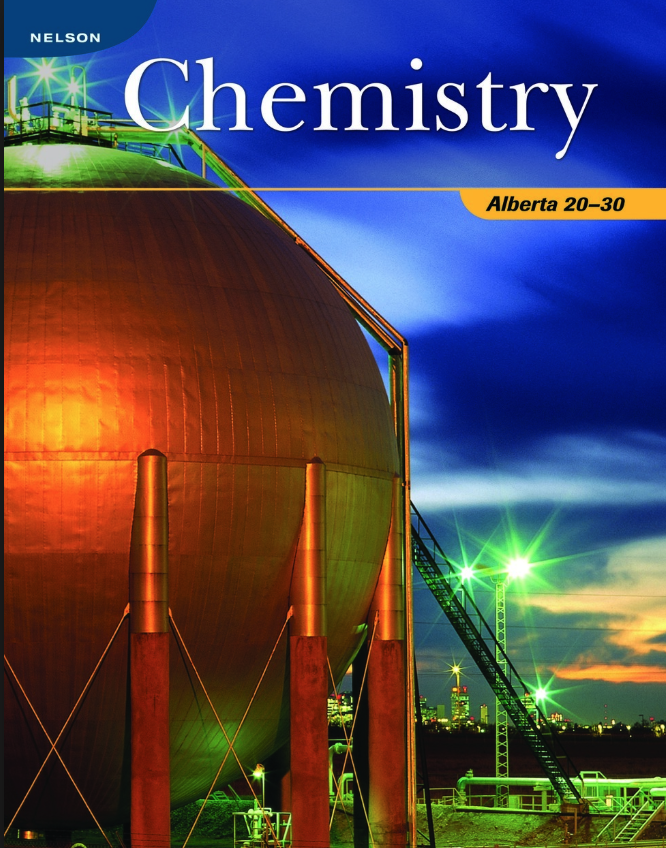Lesson 2: Ionic and Molecular Compounds
1. Ionic and Molecular Compounds
Ionic compounds are defined as being compounds where two or more ions are held next to each other by one of the ions has a positive charge, called a cation, and others have a negative charge called an anion. Cations are usually metal atoms and anions are either non-metals or polyatomic ions.
Ionic compounds have high melting and boiling points and are very hard and very brittle. This is due to the strong bond formed between positive and negative ions. It takes a lot of energy to break these charges apart from each other. Ionic compounds conduct electricity when they dissolve in water.
Water and diamonds- totally different materials. However, they have at least one thing in common. The atoms in these two materials are held together by the type of bond: covalent bonds. These bonds consist of electron shared between two or more atoms. Unlike ionic bonds, where electrons are either lost or gained by an atom to form charged ions, electrons in covalent compounds are shared between the two atoms.
Ionic compounds are formed when metal atoms lose one or more of their electrons to non-metal atoms. The resulting cations and anions are electrostatically attracted to each other. The molecular compound is, on the other hand, formed when the atoms of non-metals share their valence electrons in such a way that they become more stable. Example: CO, CO 2, H 2O, I 2
Key Concepts
Electronegativity
Valence electrons
Ionic compounds
Molecular compounds
Acids and Bases
